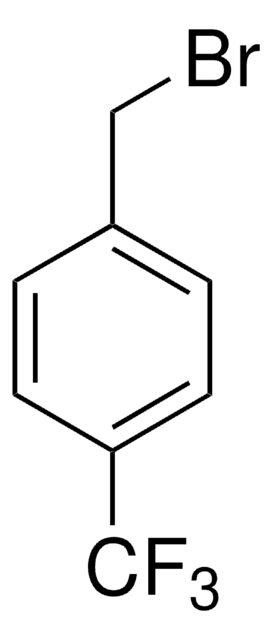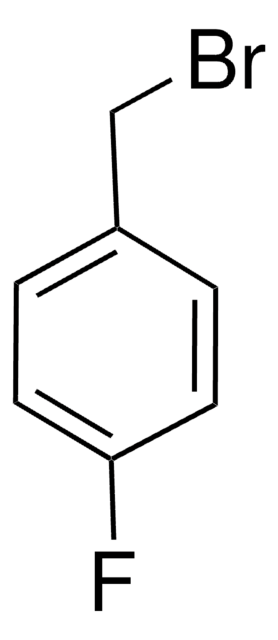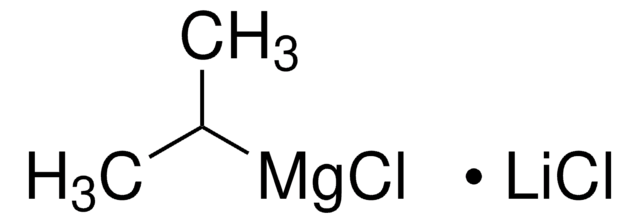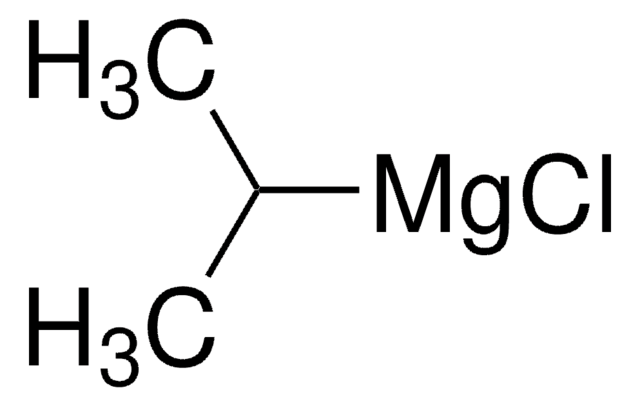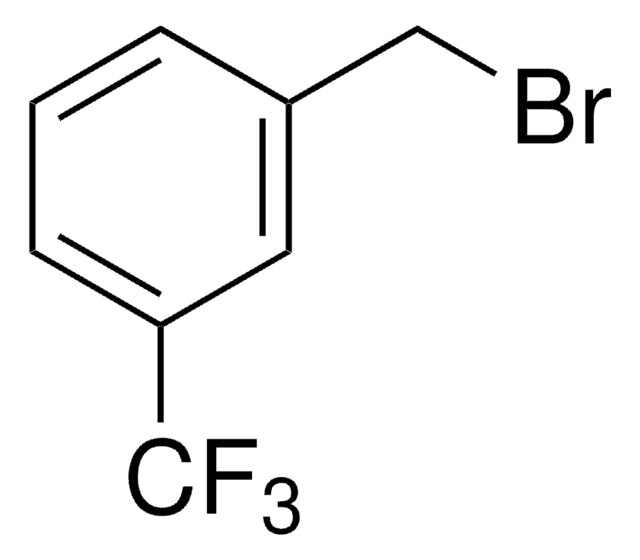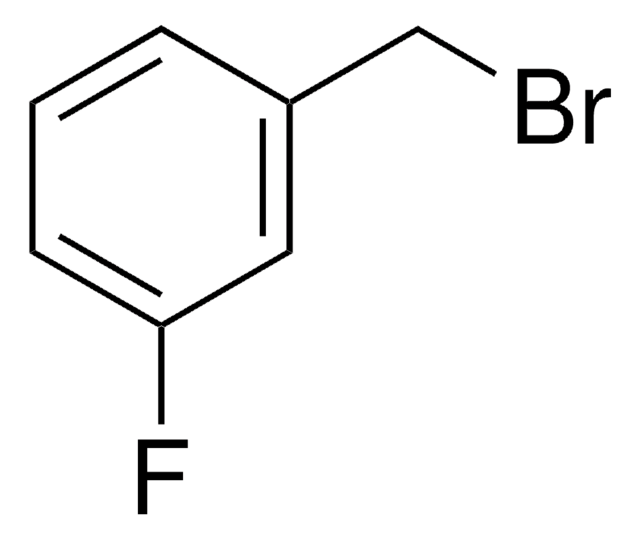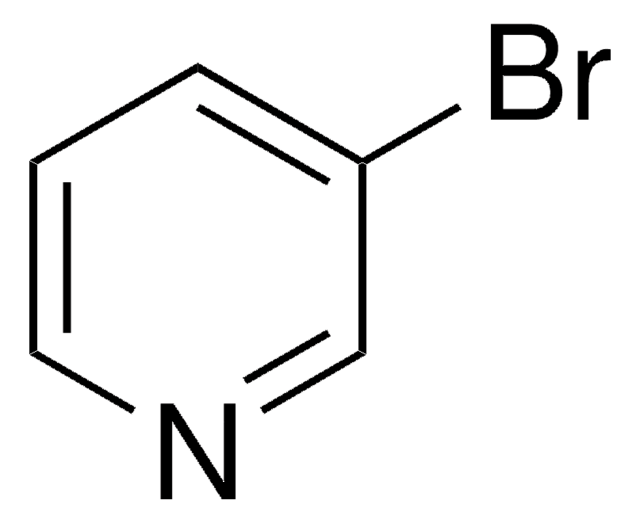254967
2-(Trifluoromethyl)benzyl bromide
96%
Synonym(s):
α′-Bromo-α,α,α-trifluoro-o-xylene
Sign Into View Organizational & Contract Pricing
All Photos(1)
About This Item
Linear Formula:
CF3C6H4CH2Br
CAS Number:
Molecular Weight:
239.03
EC Number:
MDL number:
UNSPSC Code:
12352100
PubChem Substance ID:
NACRES:
NA.22
Recommended Products
Assay
96%
refractive index
n20/D 1.494 (lit.)
bp
72 °C/7.5 mmHg (lit.)
density
1.571 g/mL at 25 °C (lit.)
functional group
bromo
fluoro
SMILES string
FC(F)(F)c1ccccc1CBr
InChI
1S/C8H6BrF3/c9-5-6-3-1-2-4-7(6)8(10,11)12/h1-4H,5H2
InChI key
TXVVVEUSVBLDED-UHFFFAOYSA-N
Application
2-(Trifluoromethyl)benzyl bromide may be used in chemical synthesis.
Signal Word
Danger
Hazard Statements
Precautionary Statements
Hazard Classifications
Skin Corr. 1B
Storage Class Code
8A - Combustible corrosive hazardous materials
WGK
WGK 3
Flash Point(F)
181.4 °F - closed cup
Flash Point(C)
83 °C - closed cup
Personal Protective Equipment
dust mask type N95 (US), Eyeshields, Gloves
Regulatory Information
新产品
Choose from one of the most recent versions:
Already Own This Product?
Find documentation for the products that you have recently purchased in the Document Library.
William L Scott et al.
Journal of combinatorial chemistry, 11(1), 14-33 (2008-12-25)
Distributed Drug Discovery (D(3)) proposes solving large drug discovery problems by breaking them into smaller units for processing at multiple sites. A key component of the synthetic and computational stages of D(3) is the global rehearsal of prospective reagents and
William L Scott et al.
Journal of combinatorial chemistry, 11(1), 34-43 (2008-12-25)
For the successful implementation of Distributed Drug Discovery (D(3)) (outlined in the accompanying Perspective), students, in the course of their educational laboratories, must be able to reproducibly make new, high quality, molecules with potential for biological activity. This article reports
Our team of scientists has experience in all areas of research including Life Science, Material Science, Chemical Synthesis, Chromatography, Analytical and many others.
Contact Technical Service